📚 About the Author
Lance Carlyle Carter
I became interested in epigraphy in the early 1970s when I reviewed "The Alphabet and the Ancient Calendar Signs" for a college class and then met and studied from author Dr. Hugh Anderson Moran through a mentor-ship program.
For decades after that I drew epigraphic star maps as a hobby in search of the origin of the alphabet and ancient writing systems. My career was in computer aided design (CAD) doing test, documentation, graphics, and design as a certified interconnect designer in electronic design automation (EDA).
I now write about astronomical epigraphy at academia.edu and archeoastronomy.com and produce "Archeoastronomy Animations" on YouTube, which are short animations that animate the astronomical origins of ancient writing systems by showing inscriptions as ancient constellations on a planisphere.
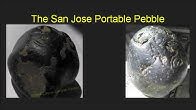
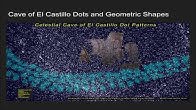
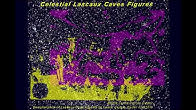


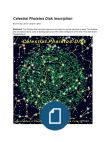
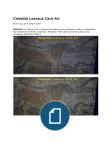
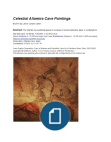


🌟 Complete Research Archive
This collection represents over 15 years of groundbreaking research connecting ancient astronomical observations with prehistoric art, cave paintings, inscriptions, and the development of writing systems across cultures worldwide.
From 40,800-year-old European cave art to ancient Sinai inscriptions, each study reveals the celestial foundations of human expression and communication. Use the Quick Links panel to access any specific research paper or explore by category in the main content area.